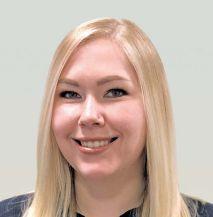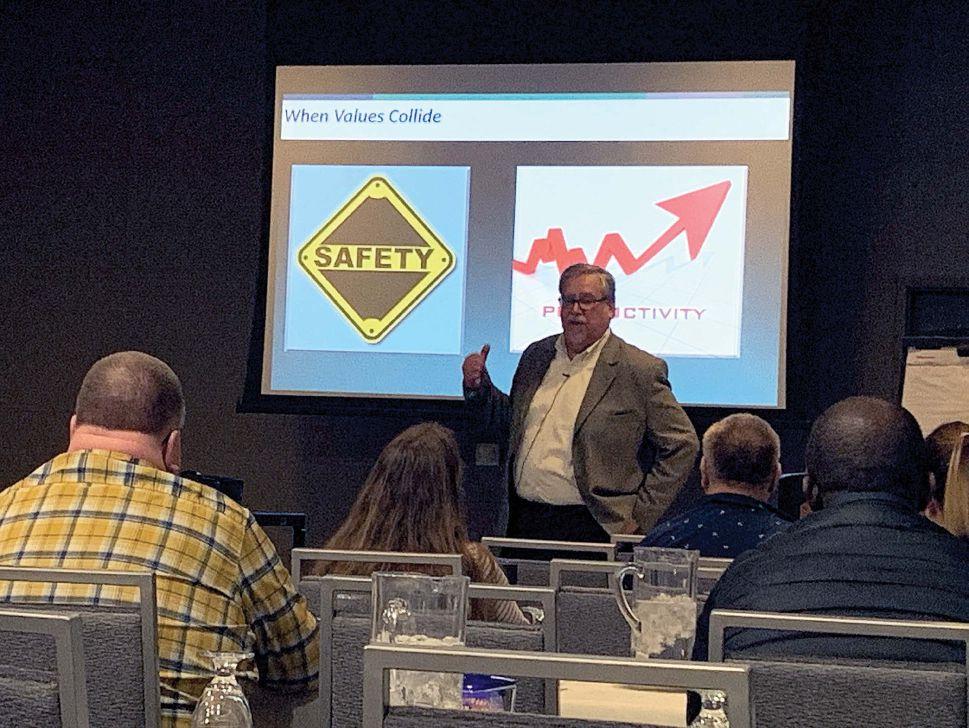
6 minute read
Make safety a priority within your business
By Andrew Weeks | Prairie Business Editor
People sat at tables, some of them with eye patches, artificial limbs, and scarred bodies — the victims of workplace accidents.

The takeaway: If safety isn’t the core value of your business, you might need to rethink your organization.
Accidents happen, of course, even when safety measures are followed — but the chances of such things happening are much less than when safety rules are ignored.
Just ask Ronn Lehmann. Though he has all of his limbs intact, he has met a number of people who have been permanently changed by workplace accidents.
Lehmann, a business consultant and motivational speaker, spoke to business professionals and employees during the Northern Region Association of Safety Professionals Conference. The two-day conference, held Dec. 3-4 at the Delta Hotel in Fargo, included participants from across the region.
In one breakout session during the first day of the conference, Lehmann emphasized how every person in an organization, whether senior manager or new employee, plays an integral part in workplace safety. But how much priority a person or organization places on safety stems from several influences and values, both within the workplace and without: culture, money and mindset, to name a few. Much of Lehmann’s focus was on “mindset” issues.
“To be successful at anything, you need the right mindset, skill set and tool set,” he said. “Of these, mindset is the biggest determinant of success or failure.”
Why? Because mindsets drive behaviors. “So,” he explained, “if you want to change behaviors you have to change mindsets.”
To emphasize his point, he shared six reasons people may not work safely:
1. Don’t know what to do
2. Don’t know how
3. Don’t have the tools
4. Don’t want to
5. Think they are working safely; and
6. Don’t think they have to
Training goes only so far because it only addresses the “how” issue. Of the other five, he said, four are mindset issues. But how do you change mindset?
One suggestion for business leaders is to consider the culture of their organization.
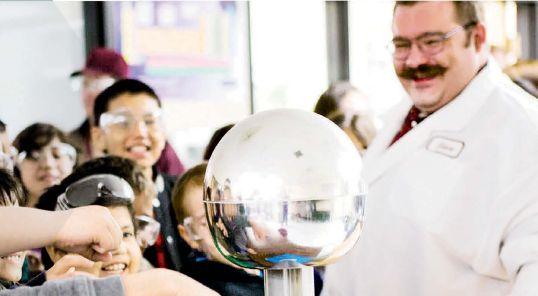
Culture can be effective promoting core values such as safety, but it also can, unintentionally, deemphasize safety if it is not one of the main values of the company.
Lehmann said culture is created by individuals and not organizations, and often is learned by what is rewarded and punished within a company. In a nutshell, he said, culture is comprised of its values and those of the individuals working there.
“What is the core value of your organization?” he asked, noting for some companies there might be dilemmas if safety isn’t its core value.
If an organization values both safety and productivity, for instance, what happens when they collide? “If productivity wins, it can lead to cutting corners on safety and taking risks,” he said. “If safety wins, it can lead to schedule delays and budget problems.”
A lot of intricate things are at play, but in the end following safety rules isn’t rocket science. It may take time, but the good thing is that culture can be amended and, in turn, so can mindsets. Lehmann offered business leaders and employees some suggestions with the aim of bringing more safety to the workplace:

Check your values. What’s important to you? If safety is a core value for you at home, it should also be a core value to you in the workplace. Be an example. Everyone, including you, are in a position to influence safety in the workplace by conduct, example, and encouraging others. If you see someone who is not being safe, speak up or report it to your supervisor.
Communicate, communicate, communicate. Communication starts at the top down, but everyone in a business setting should openly communicate with each other about safety procedures. Everyone should know what is expected of them.
Company leaders need to set the example. They need to talk openly and frequently about safety in the workplace or on the job site, and they need to follow up to make sure safety rules are continually being followed. Managers need to set the example for their employees by following those same rules and staying true to the company’s safety standards in all situations and at all times, he said.
Pro Quarterback Carson Wentz Partners With Bobcat Company
WEST FARGO, N.D. – Carson Wentz, a star quarterback at North Dakota State University, and Bobcat Company, a global leader in the compact equipment industry, have partnered in marketing efforts.
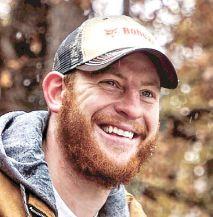
“We are excited to have such an accomplished and principled athlete, who shares a deep connection to North Dakota representing our brand,” said Mike Ballweber, president of Doosan Bobcat North America. “Carson demonstrates perseverance, grit and a tireless work ethic both on and off the field, which truly embodies Bobcat’s standards of performance and toughness.”
Raised in Bismarck, N.D., Wentz developed into one of the most successful athletes in the state’s history. A star quarterback at North Dakota State University, he was a part of five national championship teams. Wentz has experienced considerable professional success since being a top pick in the 2016 draft.
Wentz will be featured prominently within marketing efforts for Bobcat, including advertising, dealership signage and the company’s digital and social media platforms. He also will make appearances on behalf of the company.
Blue Cross Blue Shield Of North Dakota Hires New Chief Medical Officer
FARGO, N.D. – Blue Cross Blue Shield of North Dakota has welcomed Dr. Greg Glasner as its chief medical officer.
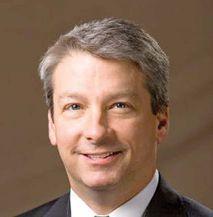
In his new role, Glasner has overall responsibility and accountability for leading the strategic direction of clinical integration, medical policy and health cost management.
Trained as an OB/GYN physician, Glasner has more than 25 years of experience as a practicing physician and healthcare executive. He previously served as a board member at BCBSND for nine years and is well acquainted with the organization.
Among his many accomplishments, Glasner earned his medical degree from the University of North Dakota, Grand Forks. He completed residencies at St. Paul Ramsey Medical Center and Michigan State University/ Sparrow Hospital and is also board certified by the American College of Obstetrics and Gynecology.
He is a Fellow of the American College of Obstetrics & Gynecology, and a member of the North Dakota OB/ GYN Society, North Dakota State Medical Association and First District Medical Society.
Red River Dance Names New Executive Director
FARGO, N.D. – Caitlin Killoran has been hired as the new executive director of Red River Dance & Performing Co. Killoran holds bachelor degrees in management and health communication from North Dakota State University, and brings extensive management experience as a business owner to the organization. Her role will include oversight of the company’s recreation, outreach and competitive programs, in addition to managing fundraising and marketing initiatives.
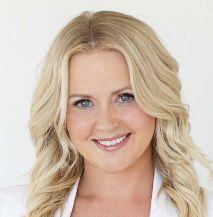
ACKERMAN-ESTVOLD WELCOMES NEW SENIOR DESIGNER
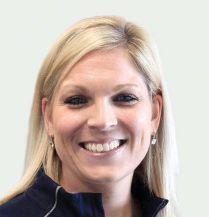
MINOT, N.D. – Tony Benham has joined the Ackerman-Estvold Minot office as a full-time Senior Designer.
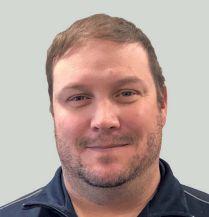
Benham, who earned an associate degree in architectural drafting and estimating from the North Dakota State College of Science in Wahpeton, N.D., has worked in the engineering industry in Minot for more than 30 years.
In his new role he will provide design expertise on engineering and architectural projects throughout North Dakota and Idaho.
Several New Faces At North Dakota Safety Council
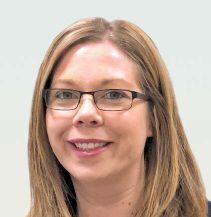
BISMARCK, N.D. – Several people have been hired at the North Dakota Safety Council (NDSC). The council recently welcomed the following individuals:
Billy Rupert, based at the council’s Minot office, joined the NDSC as a safety consultant. He has eight years of safety management experience in the oil and gas industry, including safety training and consultations. Rupert’s responsibilities include instructing courses such as One Basin One Way, Defensive Driving, SafeLandUSA Basic Orientation, and equipment operator.
Megan Hansen joined the NDSC as the accounting manager. Hansen is originally from Minot, N.D. and has bachelor’s degrees in finance, management, and accounting from Minot State University. She recently earned her CPA license and has more than five years of accounting experience. Hansen is responsible for managing the accounting functions for the NDSC.
Lisa Heimbuck joined the NDSC as the accounting coordinator. Heimbuck is originally from Wishek, N.D., and has an associate degree in accounting and a bachelor’s degree in business management from Aakers College. She has more than three years of experience in accounting and human resources. At the NDSC, Heimbuck’s responsibilities include human resources, accounting and payroll.
Madelyn Monzelowsky joined the NDSC as the part-time office assistant and shortly after was promoted to full-time office manager. Monzelowsky, originally from Bismarck, N.D., has associate degrees in business management and graphic design from Bismarck State College.

Sarah McKenna has been a part of the NDSC team for four years and recently transitioned from office manager into a new program coordinator role. Due to increased training requests and the addition of new services, the NDSC added this position to ensure quality customer service and responsiveness is maintained across all departments.
